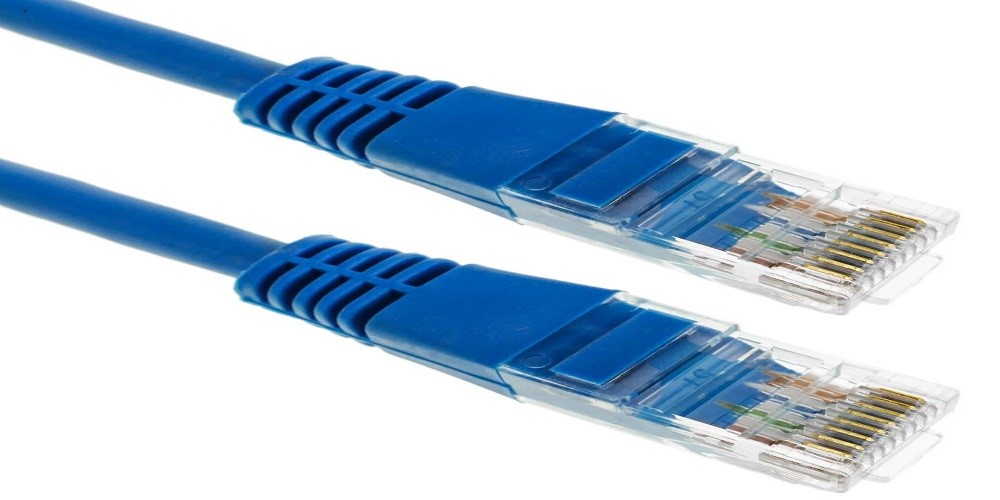An Ethernet cable is also referred to as a network cable. It is a cord that runs from a modem, router, or network switch to your computer. It connects your device to the local area network (LAN) to access it.
Ethernet cables are described by their different categories.
These cables offer a faster and more consistent internet connection to your device by diminishing any blockage (walls or other objects) in the way of your Wi-Fi signals. The most reliable network cables of almost every category are offered at cakeycn.com.
Categories of Ethernet cables
Each kind of Ethernet cable is provided with a different category. These categories are fundamentally version numbers. The Ethernet cables with a higher category number describe that the cable is newer and will work more effectively. Institute of Electrical and Electronics Engineers (IEEE) manages this categorizing of Ethernet cables.
Some basic categories of these cables are described below.
CAT-1
CAT-1 type is majorly in use for the standard telephone wiring. Its other major use is for ISDN. The Telecommunications Industries Association does not recognize it.
CAT-2
CAT-2 cable was utilized for 4 megabites token ring networks. It is also not recognized by Telecommunications Industries Association.
CAT-3
It is considered as one of the initial stage cables. It is not widely used, apart from in truly old networks. It is appropriate for:
- Dual-line voice telephony systems
This cable can be used in small offices and alarm systems etc. It is employed for data networks using up to 16 MHz frequencies.
CAT-4
This type of cable works best for networks carrying more than 20 MHz frequencies. It was frequently utilized on 16Mbps token ring networks. The Telecommunications Industries Association does not recognize it.
CAT-5
It was extensively employed before the invention of CAT-5E. It is appropriate to work in small setups like small-sized schools and offices. This cable supports:
- 10/100 Base-T Ethernet
- The maximum frequency of 100 MHz
CAT-5E
The word “e” in CAT- 5E stands for “enhanced,” which means it is a modified form of the original CAT-5 cable. This cable usually comes with a new modem, computer, or other electronic. It can support approximately 1 Gbps. It is usually enough for at-home usage with basic Internet functions like:
- Shopping online
CAT-6
This cable is ten folds faster than CAT-5E. It can support speeds of around 10 Gbps. This property makes it perfect for actions that employ more data like:
- Streaming TV shows
- Online gaming
It is also ideal for small-scale networks like a school or office with a moderate number of computers.
CAT-6A
This is an upgraded form of CAT-6A cables where “a” stands for “augmented .”This cable offers enhanced protection to block radio frequency interference (RFI) and electromagnetic interference (EMI). This cable is a perfect choice if you are close to a radio tower or electrical substation, leading to signal problems.
CAT-7
It is an exceptionally high-speed cable. It can support data speeds of 100 Gbps. This cable is shielded by default as they are frequently employed close to apparatus with high-energy expenditure, like data servers, that produce EMI. This cable can be employed at a professional level for:
- Network rooms
- Telco closets
- Large buildings with expansive networks
CAT-8
This cable is the newest and best generation of Ethernet. It can support speeds of approximately 30 Gbps. It is chiefly being employed in data centers. This cable is designed for operations of approximately 2000 MHz frequencies.
Conclusion
You must select a category of Ethernet cable according to your requirements. If you want to get more information about these cables, you can visit Cakecyn.
